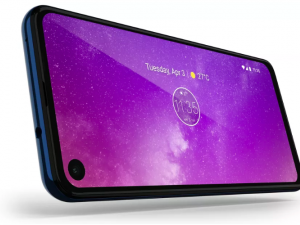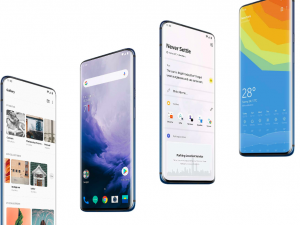Phones We Loved: Sony CMD-Z5
Damien McFerran 07/01/2019 – 3:44pm
Pocket-sized in every sense of the word
If you ever find yourself looking at modern smartphone design and struggling to generate any enthusiasm at all, it's always worth looking back in time to remind yourself just how amazing old 'dumb' phones were before the arrival of the all-screen smartphone.
Take the cute-as-a-button Sony CMD-Z5, for example. Released in 2000 at a time when the idea of a phone having a colour screen was the stuff of a madman's dreams, this sleek and pocket-sized blower looked truly amazing; it was a desirable piece of tech which could fit snugly in the palm of your hand.
Sure, the 96×72 pixel monochrome screen looks crude by modern standards, but at the time it was pin-sharp compared to the competition, and was even capable of hosting some decent games thanks to the inclusion of Sony's unique 'Jog-Dial' wheel on the side of the phone; we spent many a happy bus trip playing the bundled fishing and clay pigeon shooting games. The Jog-Dial could also be used to navigate the phone's carousel-style menu system.
Released just before Sony joined forces with communications giant Ericsson to create the Sony Ericsson brand, the CMD-Z5 – and its successor, the Z7 – have all the hallmarks of phones designed to fulfil a singular purpose, rather than cater for a wide range of functions.
The Z5 is a device released at a time when mobile phones were used to make calls and send text messages, and literally nothing else; as such, it perhaps represents the zenith of this particular era of phone design. While there were a great many phones on the market at the time which were like heavy bricks in your pocket, Sony created a handset which was as small as possible, and the marketing at the time focused on its diminutive dimensions and eye-catching looks. It even came with a charging dock so you didn't have to keep plugging in the power supply, which was pretty unique for the time.
The Z5 is, therefore, a relic from a time when smaller really was better; these days, phones are getting large and more ungainly all the time, driven by the need for larger screens which display more information. Back in 2000, the industry was moving in the opposite direction, with small handsets being more desirable because of the amount of technical wizardry required to shrink them down in size.
While there are companies which are dabbling in small phones these days – Japanese firm Unihertz is one example, and the 'reborn' Palm has just released a tiny companion phone – most are focused on devices with screens that are at least 6-inches in size; because of this, we're unlikely to ever see a return of these gloriously minuscule little phones, and that's a shame.




